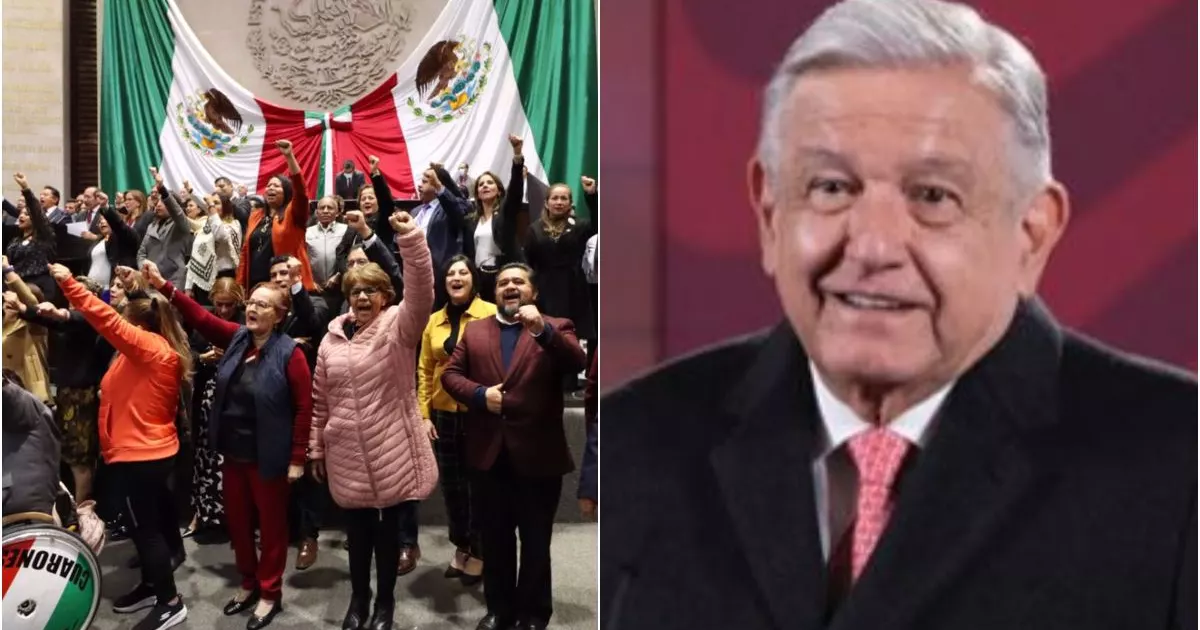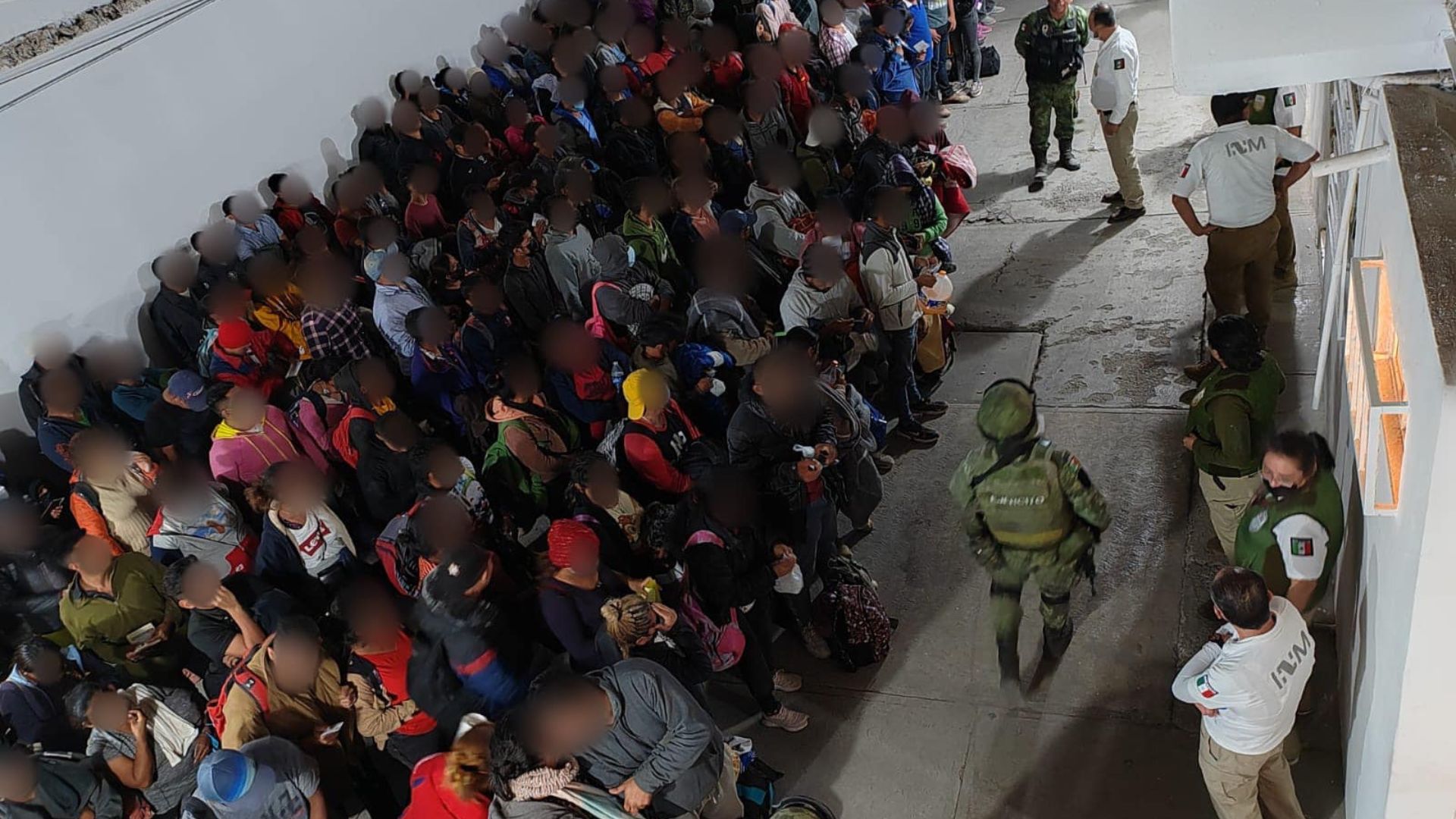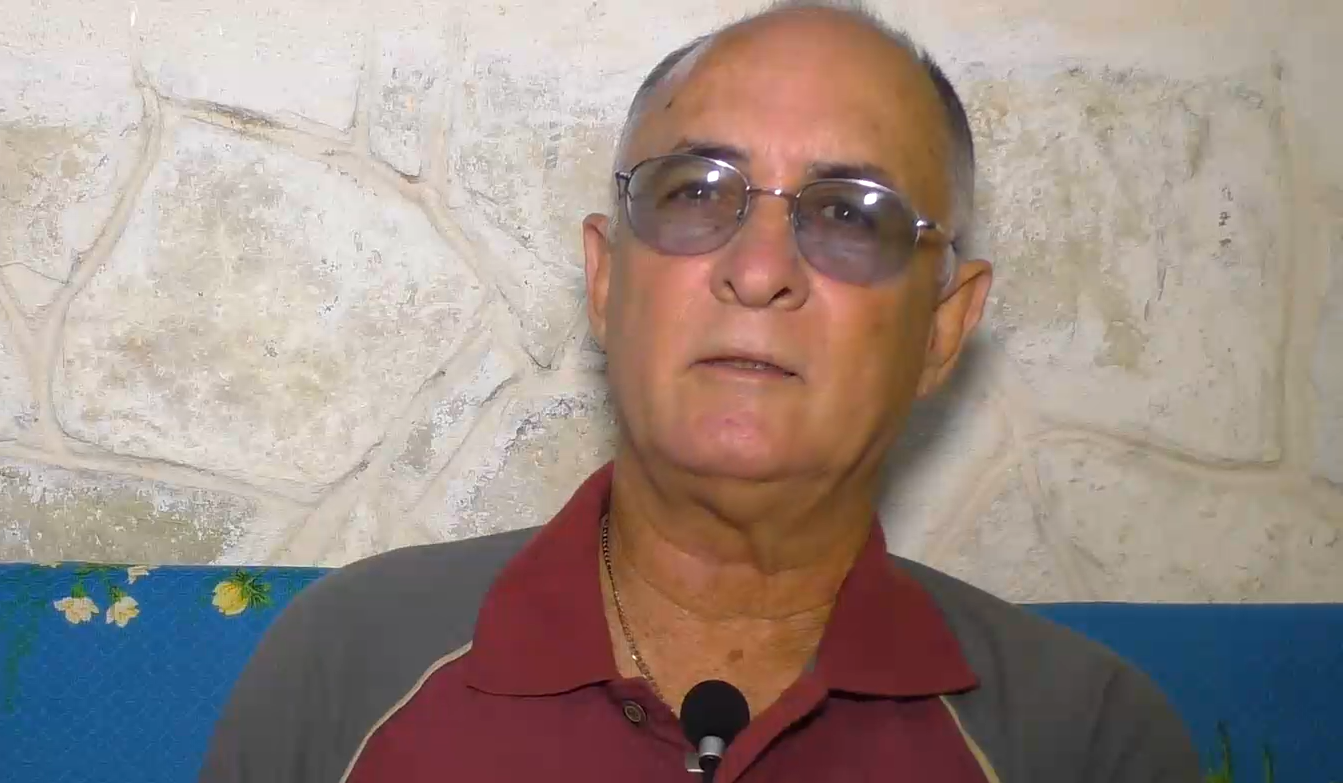They go against budgetary autonomy
Given that it was not possible to make changes at the constitutional level, as proposed in Plan A, the initiatives for secondary laws do not ask to replace the INE with a National Institute of Elections and Consultations (INEC), nor curtail its powers to integrate the electoral roll. nor reduce the number of its electoral advisors from 11 to 7 or elect them via ballot box and open population vote.
However, it does consider subtracting budgetary autonomy from the INE, which consists of the possibility of establishing the way to exercise its budget and determining the perceptions of its staff.
The 4T promotes in Plan B that all public servants of that institution submit to the ceiling of the presidential salary.
In other words, in fact, with the measure a budget cut will be applied to the INE itself, which will take place after the reorganization of structures and no later than August 1, 2023.
However, from next May 1, the guidelines for the resizing and compacting of the organic structure of the Institute must be issued.
The reform reached by the deputies and that must be approved by the Senate proposes to modify the structure of the INE, especially the merger of its executive directorates for organization and training, and to elevate to the rank of executive directorate what is now the Technical Oversight Unit.
It also includes eliminating the General Executive Board (JGE), which is the body that issues guidelines on the exercise of the INE budget. Instead, it is proposed to create an Administration Commission with 5 directors.
The current executive secretary, Edmundo Jacobo Molina – who was re-elected in 2020 for a period of six years – would be removed since the appointment of an office manager is ordered for the period 2023-2029.
Additionally, the liquidation of the Trust for labor liabilities and the Institute’s Real Estate Infrastructure is ordered, whose funds would serve, as stated, to cover possible compensation and liquidate a part of the National Electoral Professional Service (SPEN).
This SPEN today integrates the Local Executive Boards, which is the body of the INE in the 32 entities, as well as the district councils where there are specialized personnel in Organization, training and the Federal Voter Registry (RFE).
The remnants, established in the transitory regime of the reform, must be returned to the Treasury of the Federation (Tesofe)
It is also proposed that instead of 300 district councils, only 260 will function permanently and 40 more -for a total of 300- will be installed only in elections.
All changes in the structure of the INE must be charged to the already approved budget and there will be no additional resources.
Despite these changes, the proposal does not propose -as proposed by Plan A of constitutional reforms- to remove the local Electoral Public Organizations (OPLs), nor reduce the number of deputies and senators or modify the form of election of those who make up the Congress of the Union.








